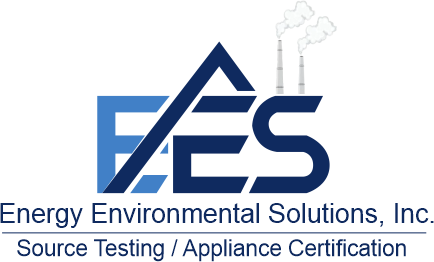In the heart of our environmental crises lies an issue often overshadowed by its more visible counterparts like air and water pollution: soil pollution. A silent assassin, soil pollution not only compromises the health of our planet but also poses significant risks to food security, ecosystem health, and human wellbeing. Thankfully, a new dawn of technological innovation offers hope, promising to turn the tide in the fight against this underground menace.
The Unseen Enemy
Soil pollution is the contamination of the earth’s land surface through the presence of chemicals, heavy metals, radioactive materials, and other pollutants. These contaminants can originate from a myriad of sources, including industrial activity, agricultural chemicals, improper waste disposal, and even the aftermath of wars. The consequences are dire: reduced soil fertility, loss of biodiversity, contamination of food sources, and numerous health risks to humans and animals alike.
The Vanguard of Hope: Technological Solutions
In response to this growing challenge, scientists and technologists worldwide are developing and deploying an arsenal of innovative solutions aimed at diagnosing, mitigating, and ultimately reversing soil pollution. Here’s a glimpse into the future of soil decontamination:
- Bioremediation: Nature’s Detox
Bioremediation harnesses the power of microorganisms to break down pollutants into less harmful substances. Recent advancements have led to the genetic modification of bacteria and fungi, enhancing their ability to consume and neutralize specific contaminants. Phytoremediation, a subset of bioremediation, employs plants to absorb heavy metals and other pollutants, which are then harvested and safely disposed of.
- Nano-Remediation: Small but Mighty
Nanotechnology offers a groundbreaking approach to soil decontamination. Nanoparticles, due to their minuscule size and large surface area, can target and neutralize pollutants more effectively than traditional methods. Scientists are developing nanoparticles that can either break down contaminants into harmless substances or immobilize them, preventing further spread.
- Electrokinetic Remediation: Charged with Cleanup
This technique uses electrical currents to move pollutants through the soil towards collection points, where they can be extracted and treated. Electrokinetic remediation shows particular promise in dealing with heavy metals and other inorganic pollutants, offering a relatively low-impact method to cleanse contaminated sites.
- Thermal Desorption: Turning Up the Heat
Thermal desorption involves heating soil to a temperature that causes pollutants to vaporize, after which these vapors are collected and treated. This method is especially effective for removing organic compounds, including petroleum products and many types of industrial solvents.
The Road Ahead
While these technologies present promising solutions to soil pollution, their implementation is not without challenges. Issues such as high costs, technological complexity, and the need for tailored approaches depending on the type and extent of pollution pose significant hurdles. Moreover, the successful remediation of soil also requires robust legal frameworks, community engagement, and international cooperation.
As we stand at the crossroads of technological advancement and environmental stewardship, the message is clear: the battle against soil pollution is not only about cleaning up the past but also about safeguarding the future. Through continued innovation, collaboration, and commitment, we can hope to restore the health of our planet’s soil, ensuring a fertile and vibrant world for generations to come.
In the end, the fight against soil pollution encapsulates a broader struggle for environmental justice and sustainability. As technology paves the way for cleaner, healthier soil, it also reminds us of our collective responsibility to protect and preserve our planet’s precious resources. The technologies outlined above are not just tools for remediation but beacons of hope, signaling a path towards a more sustainable and equitable world.
